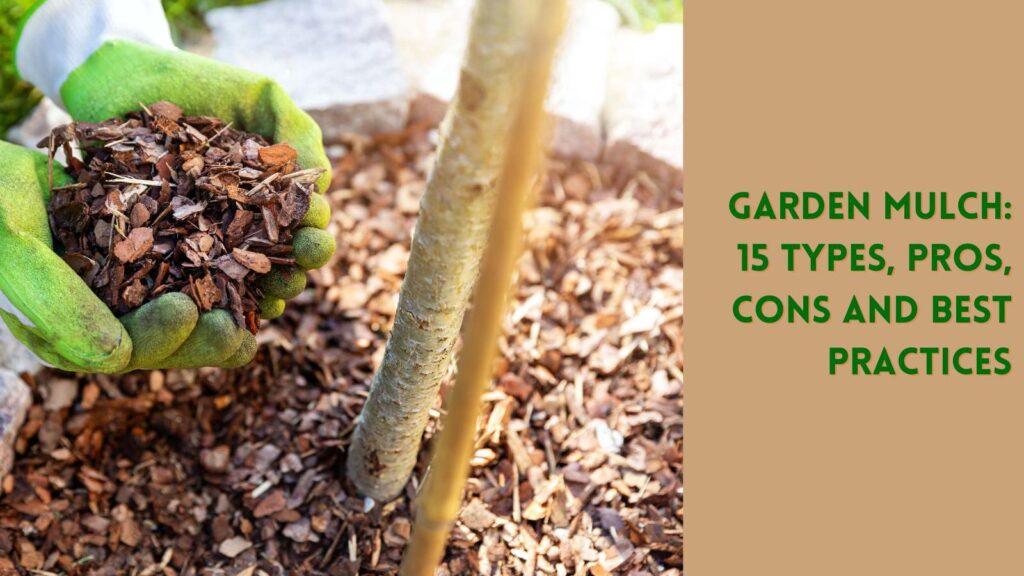Last Updated on: 25th March 2024, 05:42 pm
Zero water waste landscaping is a trend that’s well-suited to hot summers.
Xeriscaping is a landscaping method that conserves water and reduces the irrigation needed to maintain a healthy and attractive outdoor environment. For Americans, this approach to landscaping came about first in the arid regions of the western United States, where water scarcity is a common problem.
In recent years, xeriscaping has become increasingly popular worldwide as people seek ways to create beautiful, low-maintenance, beautiful, and environmentally friendly landscapes.
What Is Xeriscaping and How Does it Work?
Xeri means zero. When applied to landscaping, it refers to zero water wastage.
The basic idea behind xeriscaping is to choose plants and landscaping materials well-suited to the local climate and conditions and arrange them to minimize the need for watering. This process typically involves selecting drought-resistant plants native to the area and grouping them in “microclimates” to help them thrive with minimal irrigation.
While xeriscaping has its roots in the arid West, gardeners use it in various climates and regions. For example, xeriscaping can help reduce runoff and water waste in areas with high rainfall. In regions with hot, dry summers, xeriscaping can help to reduce the demand for water during the peak of the growing season.
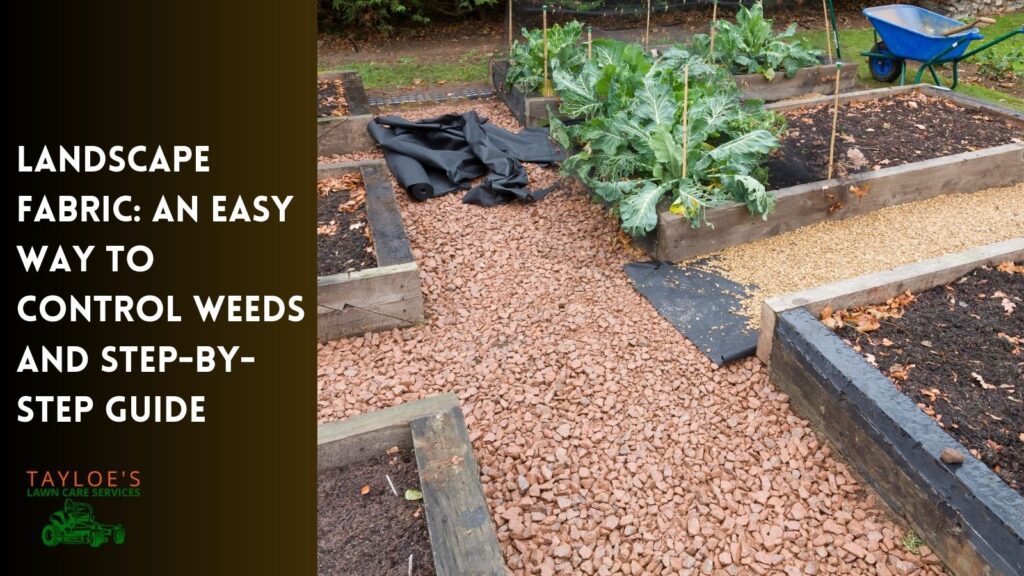
Xeriscaping in North Carolina
Because Tayloe’s Lawn Care Services calls Bertie County, NC home, we will focus on techniques followed explicitly in our local area.
Xeriscaping is a valuable landscaping method for North Carolina due to the state’s high summer temperatures, which can lead to high water usage for traditional landscaping.
Xeriscaping uses drought-resistant plants and water-saving techniques to conserve water and reduce maintenance needs. This reduction can lead to cost savings on water bills and reduced demand for water resources. Additionally, xeriscaping can help to reduce runoff and improve the health of local waterways. By embracing xeriscaping, North Carolina residents and businesses can preserve the state’s natural resources and contribute while reducing water usage.
How Much Water Can You Save in North Carolina if You Start Xeriscaping?
The exact amount of water that xeriscaping can help someone save annually in North Carolina will depend on various factors, such as the overall size of the landscape, the specific plants used, the irrigation system, and the local climate conditions. However, xeriscaping can significantly reduce water use compared to traditional landscaping methods.
A white paper by the North Carolina Department of Environmental Quality, entitled Xeriscape North Carolina, points to the results of a California study and pilot program. The program that found this practice reduced water consumption by approximately 54%. That equals as much as 120 gallons of water saved each week by participants in the survey.
This lowered usage can result in significant savings on water bills and reduced demand for water resources. In addition, by reducing runoff and improving the health of local waterways, xeriscaping can contribute to the overall health of the environment in North Carolina.
It is important to note that the savings will also depend on individual practices, such as proper irrigation techniques and regular maintenance, which are vital components of a thriving zero-water wasted landscape.
Top Ten Advantages of Xeriscaping
There are many advantages to xeriscaping. Here are ten of the most notable:
- Water conservation: Xeriscaping can help conserve water by reducing the irrigation needed to maintain a healthy and attractive outdoor environment. This reduction is significant in regions where water is scarce. But it can also help reduce water waste’s impact in areas with ample supplies.
- Lower maintenance: Xeriscaped landscapes are typically low-maintenance, requiring less time, effort, and money to keep them looking their best. Xeriscaped gardens are self-sustaining, relying on drought-resistant plants and natural processes to maintain their health and beauty.
- Cost savings: By reducing the amount of water needed to maintain a landscape, xeriscaping can help to lower water bills and reduce the overall cost of maintaining a garden or outdoor environment.
- Environmentally friendly: Xeriscaping is an environmentally friendly form of landscaping that helps to conserve water, reduce runoff, and minimize the use of pesticides and fertilizers.
- Aesthetic appeal: Xeriscaped landscapes can be as beautiful as traditional gardens, offering various plant and material options to suit different tastes and styles.
- Improved soil health: Xeriscaping can help improve soil health by reducing the amount of water lost to evaporation, runoff, or water waste.
- Habitat creation: Xeriscaped landscapes can provide valuable habitats for wildlife, including insects, birds, and other animals.
- Increased property value: Xeriscaped properties are often more attractive and appealing to potential buyers and can therefore increase the value of a property.
- Reduced risk of fire: Xeriscaped landscapes are often less flammable than traditional gardens, reducing the risk of fire and helping to keep homes and communities safe.
- Better air quality: Xeriscaped landscapes can help to improve air quality by reducing the amount of pollution from pesticides and fertilizers and providing habitats for local critters.
Disadvantages of Zero Water Waste Gardening
Xeriscaping has recently gained popularity as a way to conserve water and create low-maintenance landscapes. However, like any landscaping method, xeriscaping also has some disadvantages. Here are ten disadvantages of xeriscaping:
- Initial costs: Xeriscaping may require a more considerable initial investment than traditional landscaping, as it often involves removing existing plants and installing drought-resistant plants, mulch, and other water-saving features.
- Limited plant selection: While xeriscaping has a broader range of plants to choose from than in the past, the selection of drought-resistant plants may still be limited in some areas. This low selection can limit the variety of colors and textures in your landscape.
- Maintenance: Although xeriscaping is generally low-maintenance, some maintenance is still required. You must still tend to your weeding, pruning, and mulching. These jobs can be time-consuming and may require specialized skills. (Hint: Tayloe’s Lawn Care Services can help with grass cutting while you maintain your garden beds).
- Lack of color: Some xeriscaping plants are less colorful, making the landscape monotonous or dull. This can be problematic for those who prefer a colorful, vibrant garden. However, our list of xeriscape-friendly plants (below) includes several beautiful flowers to consider–they will revitalize the look.
- Slow growth: Some xeriscaping plants grow slowly, so it may take several years for your garden to fully mature and reach its full potential.
- Incompatibility with some styles: Xeriscaping may not be suitable for all landscaping styles, such as formal English gardens or lush rain gardens.
- Difficulty in finding suitable plants: It can be challenging to find drought-resistant plants well-suited to your specific climate and soil conditions.
- Unfamiliarity: Xeriscaping may be unfamiliar to many, and some may not know how to care for and maintain the plants and features in a xeriscaped garden.
- Challenges with irrigation: Xeriscaping often requires careful planning and management of irrigation systems, as over-watering can defeat the purpose of conserving water.
- Climate limitations: Xeriscaping may not be effective in areas with high rainfall, as the plants may not require enough water to survive. Additionally, some xeriscaping plants may be unable to tolerate freezing temperatures or heavy snow.
Ten Principles for a Successful Xeriscaping
Creating a xeriscape will prioritize water conservation and low-maintenance practices for a beautiful yard without waste. The main principles of xeriscaping are as follows:
- Planning and design: Xeriscaping begins with careful planning and design, considering the specific needs of the site and the plants to use.
- Soil analysis: A soil analysis will determine the soil’s fertility and water-holding capacity. This information will help choose plants well-suited to the soil conditions.
- Drought-resistant plants: Xeriscaping uses drought-resistant plants adapted to thrive in limited water conditions. These plants must have low water needs and the ability to withstand drought conditions.
- Mulching: Mulching will help retain moisture in the soil and reduce evaporation. Mulch also helps to suppress weeds and regulate soil temperature.
- Irrigation: Xeriscaping uses efficient irrigation methods, such as drip irrigation or soaker hoses, to provide water to plants as needed. This slow drip helps to conserve water and reduce waste.
- Appropriate turf areas: Xeriscaping uses turf sparingly, reserving it for high-use areas, such as play areas or recreation spaces.
- Grouping plants: Plants groupings focus on their water needs to ensure that plants with similar water requirements are in the same area.
- Limited use of non-native plants: Xeriscaping uses non-invasive, native plants, wherever possible, to promote biodiversity and reduce the need for additional water and maintenance.
- Water-saving techniques: Xeriscaping incorporates water-saving techniques, such as rain barrels or greywater systems, to capture and reuse water.
- Regular maintenance: Xeriscaping requires regular maintenance, including weeding, pruning, and mulching, to maintain a healthy and attractive landscape.
By following these principles, xeriscaping creates beautiful, sustainable landscapes that conserve water and reduce maintenance needs.
Twelve Best Plants for Xeriscaping in North Carolina
The Northeastern region of North Carolina has a hot and humid climate with a growing season that lasts from late spring to early fall. The best plants for xeriscaping in this region should tolerate high temperatures, humidity, and occasional droughts.
Here are a dozen of the best plants for xeriscaping in Northeastern North Carolina. Tayloe’s Lawn Care has done the research, and each of these beauties is appropriate for USDA growing zones 7 and 8, comprising our region:
1 – Butterfly weed (Asclepias tuberosa):
This native perennial wildflower has vibrant orange or yellow flowers that bloom from summer to early fall. The leaves are narrow and oval-shaped, and the stems are smooth and hairless. Plant butterfly weed in full sun and well-drained soil, and water it occasionally during dry spells.
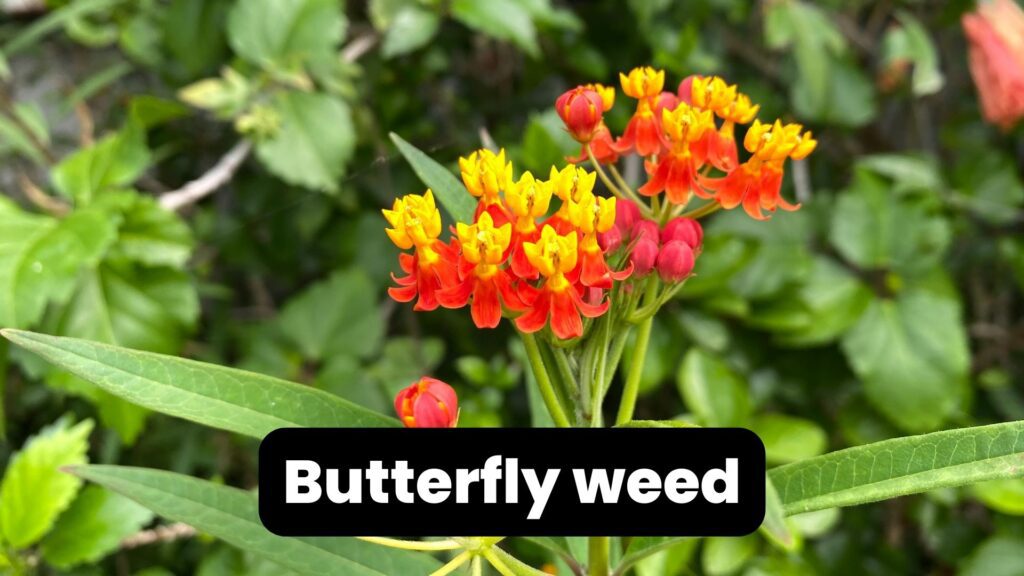
2 – Daylily(Hemerocallis):
This popular garden flower has showy, trumpet-shaped blooms in numerous colors, including yellow, orange, pink, red, and purple. The leaves are long, slender, and narrow, and the stems are slightly hairy. Plant daylilies in full sun to partial shade and well-drained soil. This perennial plant has a pleasing, mild floral fragrance.
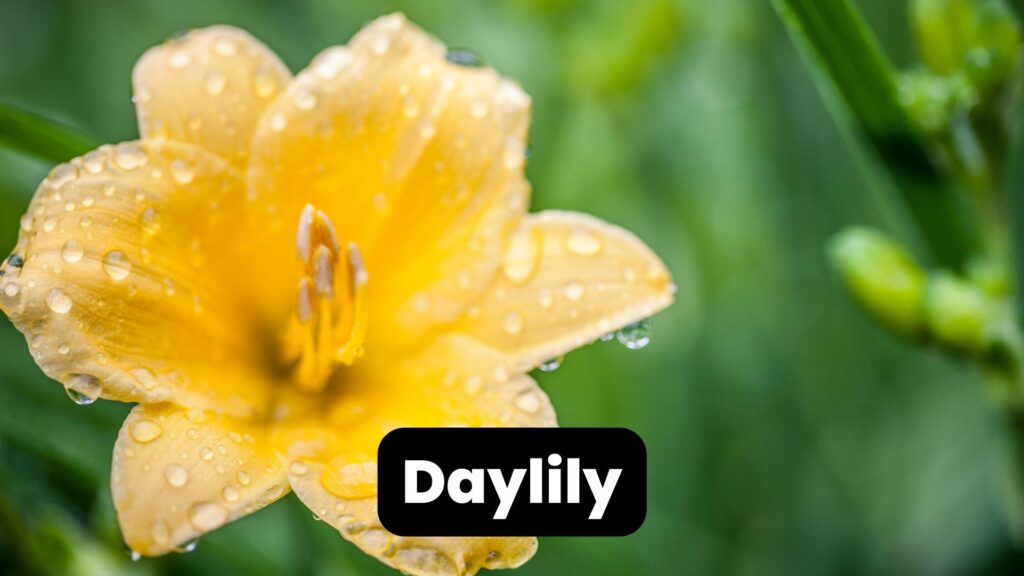
3 – Yarrow (Achillea millefolium):
This native perennial wildflower has clusters of small, white, yellow, or pink flowers. You will see them bloom from summer to early fall. The leaves are fern-like and slightly hairy, and the stems are sturdy and slightly hairy. Plant yarrow in full sun and well-drained soil, and water it occasionally during dry spells. This plant is not fragrant.
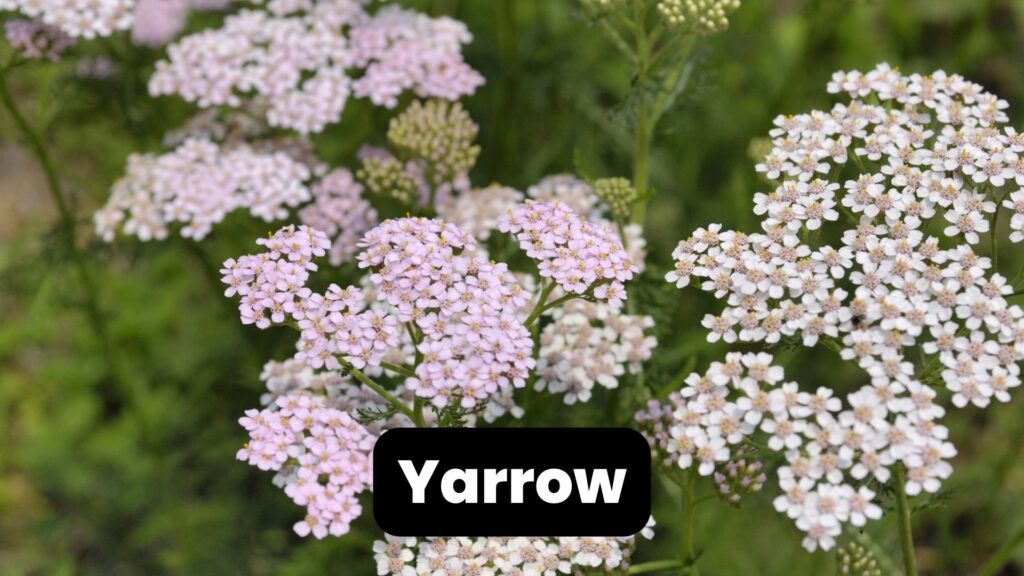
4 – Coreopsis (Coreopsis verticillata):
This native wildflower has large, showy yellow or orange flowers that bloom from summer to early fall. The leaves are narrow and hairy, and the stems are sturdy and hairy. Plant coreopsis in full sun and well-drained soil, and water it occasionally during dry spells. Coreopsis has a mild floral scent. Note that the verticillata cultivar is a perennial. However, some are annuals. So please observe your garden center tags.
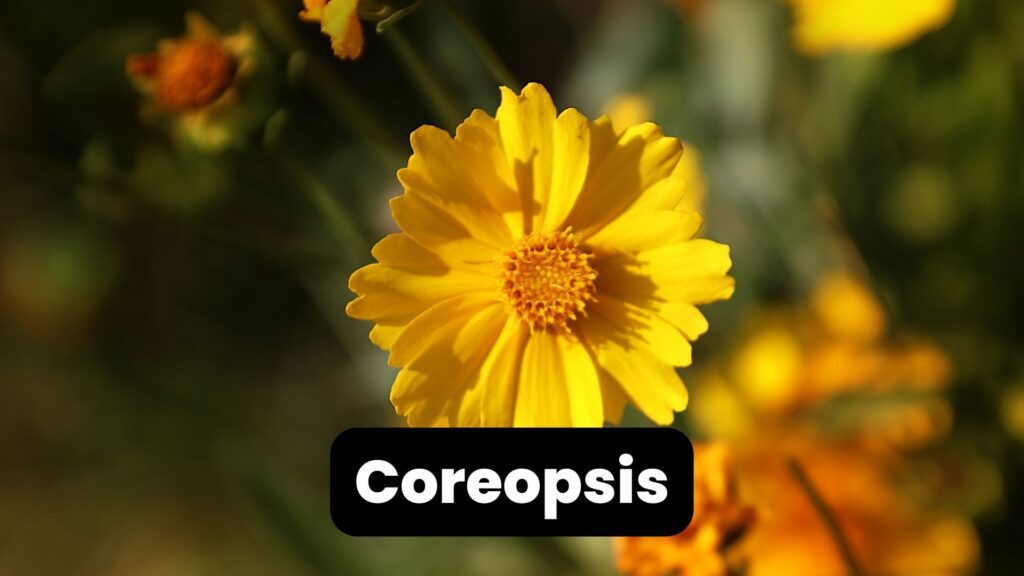
5 – Yucca (Yucca filamentosa):
Yucca is a sturdy, drought-resistant perennial plant well-suited to xeriscaping. It has long, sword-like leaves and produces tall spikes of white or yellow flowers in the summer. To plant yucca, choose a sunny location with well-draining soil. Plant yucca in the spring or fall, and it prefers soil that is slightly sandy or gravelly. Yucca is low-maintenance but may need staking if the stem becomes too heavy when it blooms.
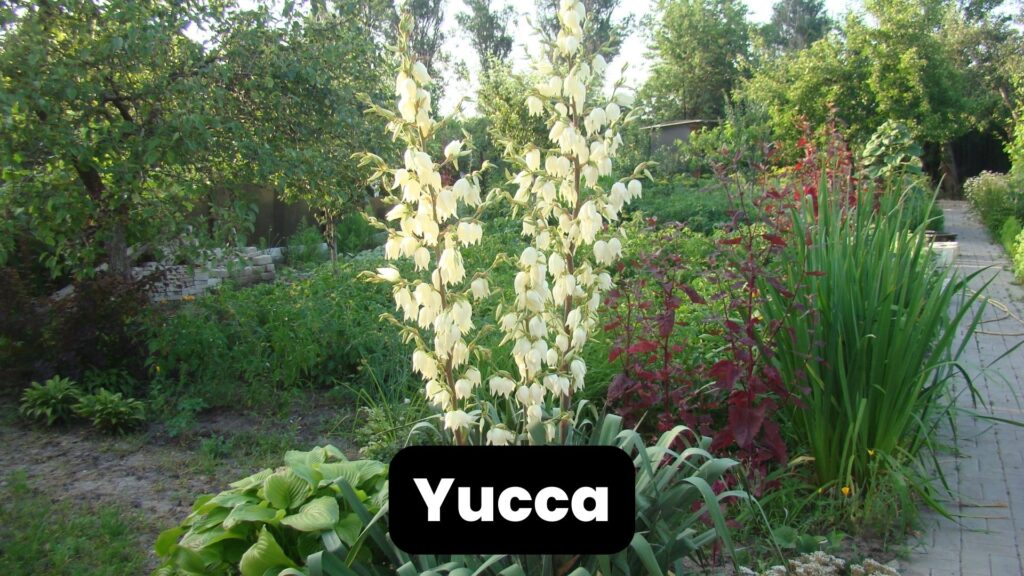
6 – Zinnia (Zinnia elegans):
Zinnia is a popular annual flower well-suited to xeriscaping in eastern North Carolina. It comes in many beautiful colors, including yellow, orange, pink, red, and purple. It produces large, showy blooms throughout the summer and fall. To plant Zinnia, choose a sunny location with well-draining soil. The seeds can go directly into the garden in the spring or early summer, and they prefer slightly moist soil. Zinnias are low-maintenance and do not require frequent watering.
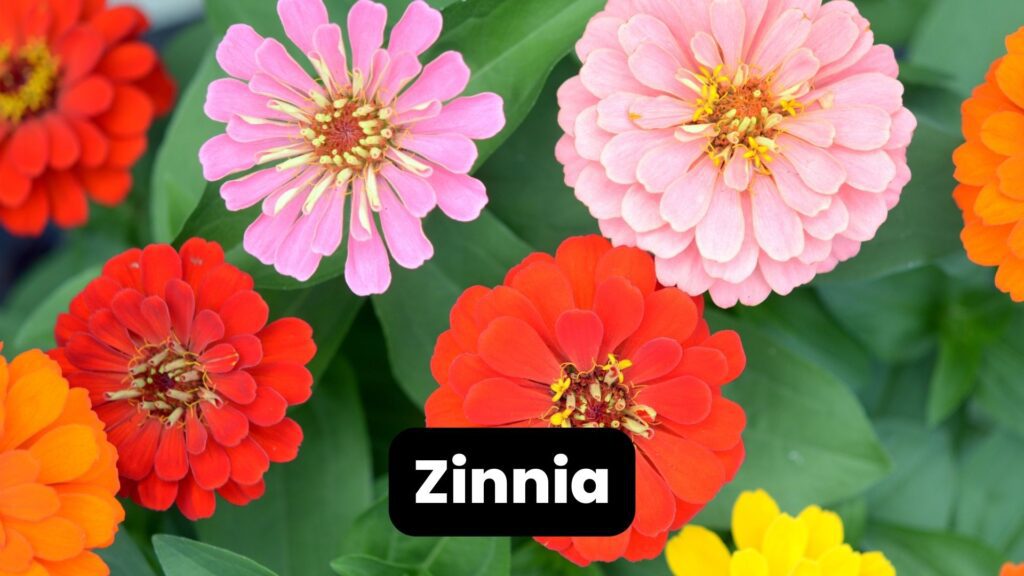
7 – Phlox (Phlox subulata):
Phlox is an always popular perennial ground cover well-suited to xeriscaping. It has tiny, star-shaped flowers that come in shades of pink, purple, red, and white, and it covers the ground with a carpet of blooms in the spring and early summer. To plant phlox, choose a sunny location with well-draining soil. Install phlox in the spring or fall, and they prefer slightly acidic soil. Phlox is low-maintenance and does not require frequent watering.
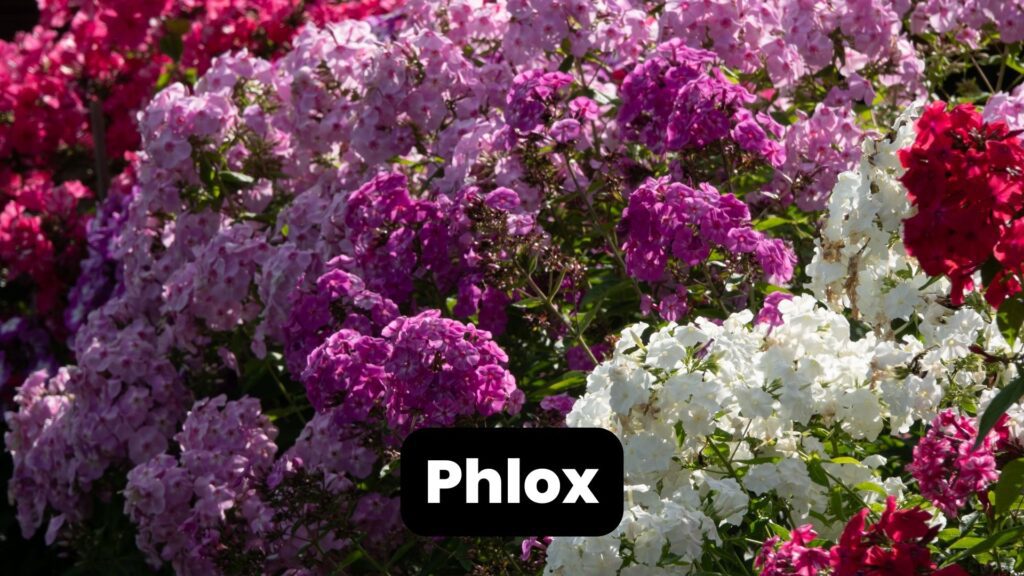
8 – Moss Rose (Portulaca grandiflora):
Portulaca Grandiflora, also known as “moss rose,” is a succulent annual well-suited to xeriscaping. It has tiny, bright flowers in shades of yellow, orange, pink, and red that bloom throughout the summer and are easy to care for. To plant Portulaca, choose a sunny location with well-draining soil. The seeds can go straight into the garden in the spring or early summer, and they prefer slightly dry soil. Portulaca is low-maintenance and does not require frequent watering.
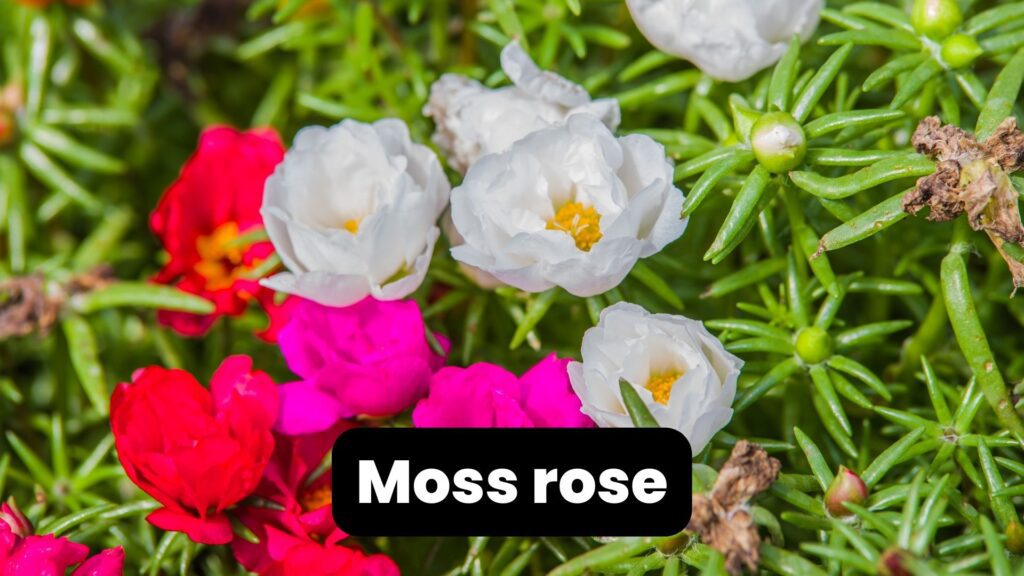
9 – Sedum:
Sedum is a drought-resistant succulent that is well-suited to xeriscaping. It has fleshy leaves and stems that store water, producing tiny, star-shaped flowers in shades of yellow, orange, and pink throughout the summer and fall. To plant Sedum, choose a sunny location with well-draining soil. Plant it in the spring or fall, and they prefer slightly alkaline soil. Sedum is low-maintenance and does not require frequent watering.
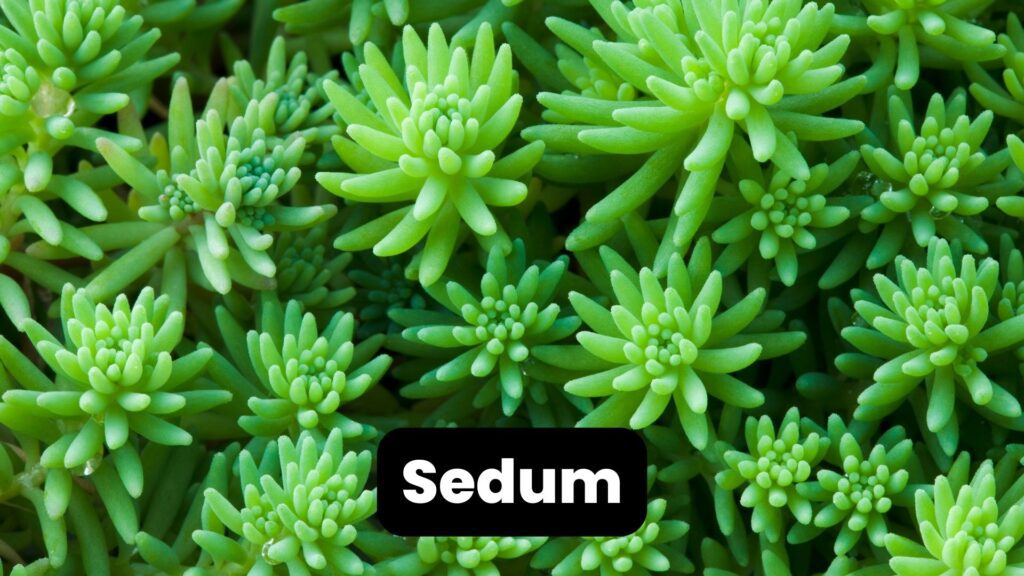
10 – Rosemary (Rosmarinus officinalis):
Rosemary is a popular evergreen shrub well-suited to xeriscaping. It has fragrant, needle-like leaves and produces tiny, blue, or purple flowers in the spring and early summer. To plant Rosemary, choose a sunny location with well-draining soil. Plant this fragrant herb in the spring in slightly acidic soil. Rosemary is low-maintenance. But it may require occasional pruning to keep its shape. It has a wonderfully robust and fragrant aroma.
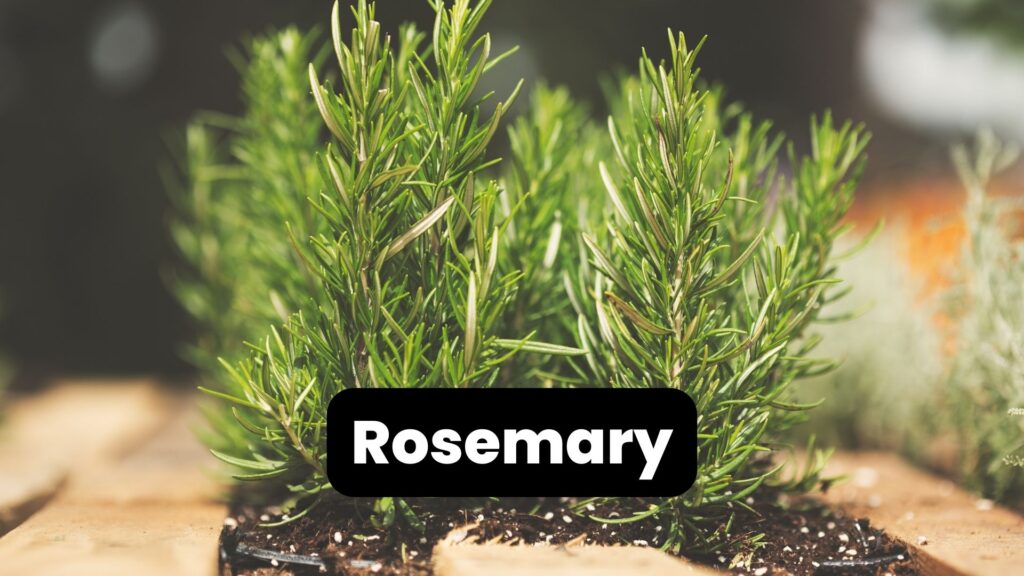
11 – Lavender (Lavandula angustifolia):
Lavender is a fragrant herb well-suited to xeriscaping. It has long, narrow leaves and produces spikes of blue, purple, or white flowers in the spring and early summer. To plant Lavender, choose a sunny location with well-draining soil. Plant it in the spring or fall, and they prefer slightly alkaline soil. Lavender is low-maintenance but may require occasional cutting to continue producing.
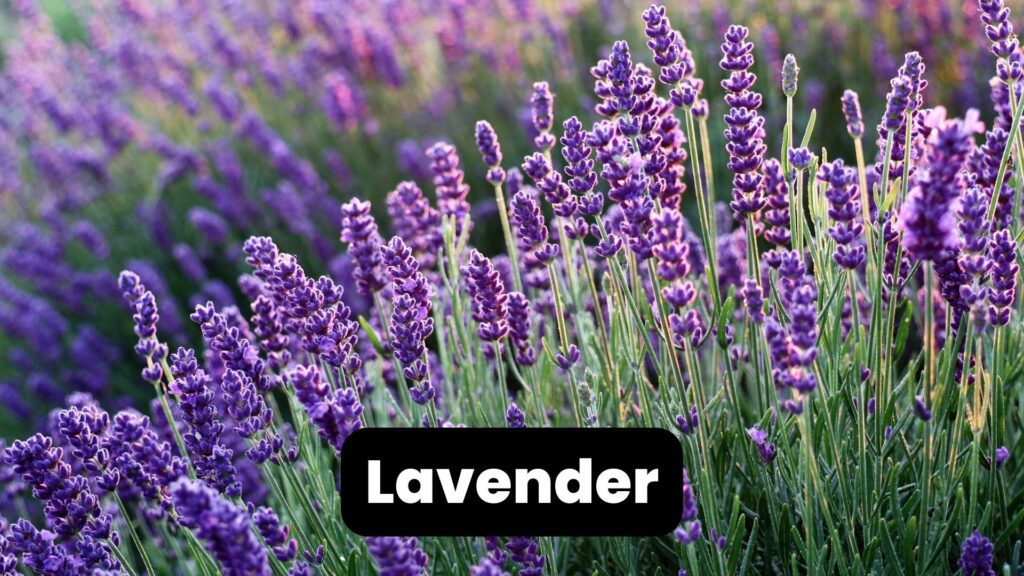
12 – Marigold (Tagetes):
Marigold is an annual flower and is a perfect xeriscaping plant in northeastern North Carolina due to its ability to thrive in hot and dry conditions. This plant is well known for its bright and vibrant flowers, typically yellow, orange, or red. They prefer the full sunshine but can also tolerate a touch of partial shade (less than four hours). When planting, space them about twelve or so inches apart. Marigolds do not require much water but need regular watering during dry spells.

By using these and other drought-resistant plants in a xeriscape, residents of northeastern North Carolina can create attractive and sustainable landscapes that conserve water and reduce maintenance needs.
The Takeaway: Xeriscaping Demands Less Water and Gives Your Yard a Fantastic Look
Xeriscaping allows you to install plants that add an attractive look to your yard but save on watering. Thus, you will save on water usage, reduce water runoff and waste, and still have healthy plants.
You need not tear out all your gardens to achieve this. Start small, making over a single flower bed at a time. Every little bit you do will cut back on the time you spend watering and save money on that monthly water bill.
We invite you to follow Tayloe’s Lawn Care Services on Facebook for more lawn care, landscaping, and tips. We want you to achieve a more beautiful yard! Of course, if you need our help cutting or maintaining your lawn or exterior power washing, you can reach us at 252.287.3376.
Author Profile

- Deborah Tayloe is the CEO and co-founder of Tayloe's Lawn Care Services, LLC. She has a B.S.Ed and holds certificates in soil and water management and herbology from accredited programs.
Latest entries
 GardeningSeptember 27, 2025What perennials, shrubs, and trees don’t like fall pruning (and why)?
GardeningSeptember 27, 2025What perennials, shrubs, and trees don’t like fall pruning (and why)? Trees and ShrubsSeptember 14, 2025Fall Shrub Pruning Guide (September–October)
Trees and ShrubsSeptember 14, 2025Fall Shrub Pruning Guide (September–October) Trees and ShrubsApril 22, 2025Boxwood Blight: Early identification and isolation
Trees and ShrubsApril 22, 2025Boxwood Blight: Early identification and isolation Flower GardenApril 8, 2025John F. Kennedy Rose: Hybrid tea rose with elegant white blooms
Flower GardenApril 8, 2025John F. Kennedy Rose: Hybrid tea rose with elegant white blooms





